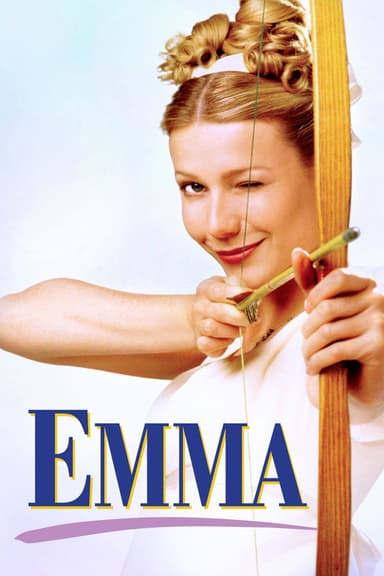
Downhill Racer
1969 • Drama • PG
An ambitious young skier, determined to break all existing records, is contemptuous of the teamwork advocated by the US coach when they go to Europe for the Olympics.
Runtime: 1h 41m
Why you should read the novel
Before you press play on the 1969 film, experience the high-altitude intensity where it began: Oakley Hall’s The Downhill Racers. The novel delivers an insider’s lens on elite alpine skiing, pairing white-knuckle race detail with a deeply human portrait of obsession and ambition.
Hall’s prose captures not only the speed and danger, but also the cold logistics of travel, training, and selection politics across the European circuit. If you loved the movie’s exhilarating runs but wanted more context, inner life, and the feel of the sport’s culture, the book gives you all of that and more.
Choose the source novel for richer character psychology, tactile mountain atmospheres, and a nuanced look at what victory costs. For fans of literary sports fiction and anyone searching Downhill Racer book, Oakley Hall novel, or read before you watch, this is the definitive starting line.
Adaptation differences
Scope and structure shift notably from page to screen. The novel ranges across multiple races, training cycles, and federation maneuvering, while the film streamlines events into a taut rise-of-a-star arc, relying on montage and visual momentum to compress time.
Characterization is leaner in the movie. The book gives sustained access to the protagonist’s inner calculations, anxieties, and competitive code; the film externalizes much of this through Robert Redford’s performance, terse exchanges, and long silences. Several supporting figures are compressed or renamed, with rivals and romantic interests merged to keep the narrative focused.
Tonally, the film embraces a cool, near-documentary realism—handheld textures, natural light, and minimal exposition—whereas the novel balances adrenaline with analysis, cultural observation, and technical detail about equipment, snow conditions, and course setting. Family background, team dynamics, and the costs of selection decisions receive broader treatment on the page.
The endings emphasize different ideas. The movie closes on an ambivalent, media-saturated beat that highlights image and spectacle; the novel offers more reflection on consequences and aftermath. Where the book lingers on the mental game and the craft of speed, the film prioritizes kinetic race sequences and the visceral sensation of descent.
Downhill Racer inspired from
The Downhill Racers
by Oakley Hall










